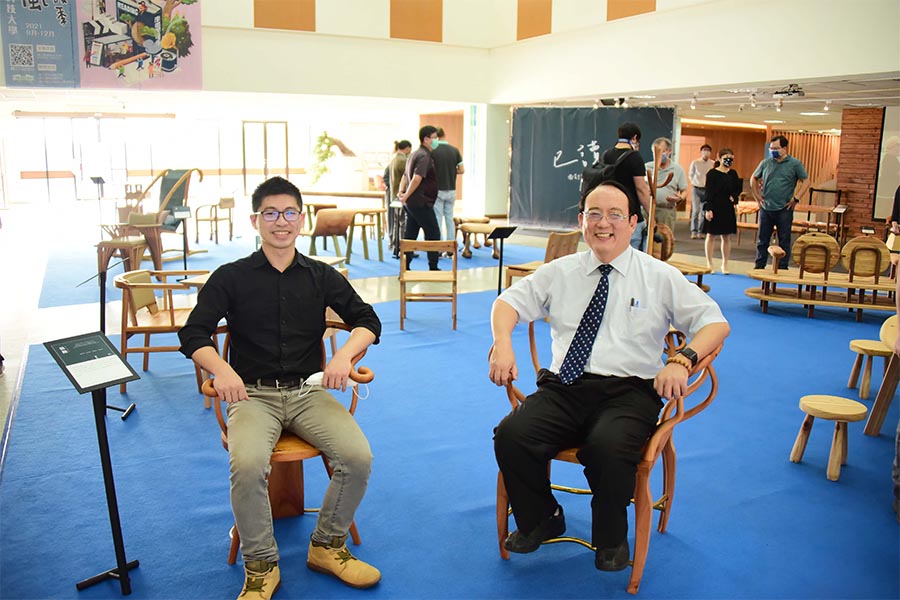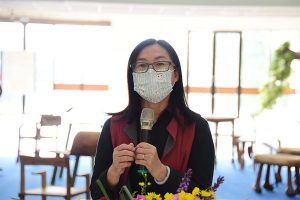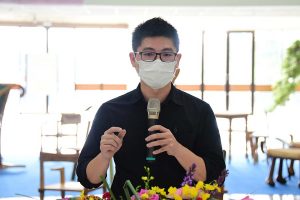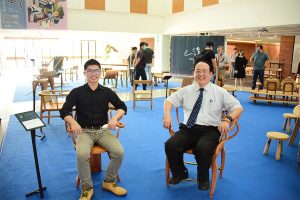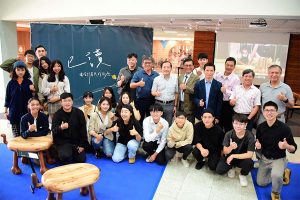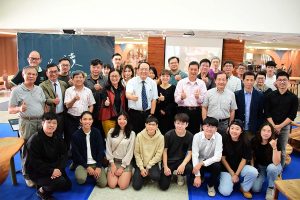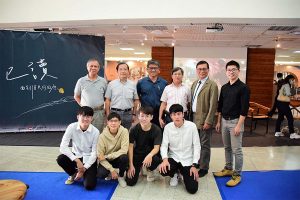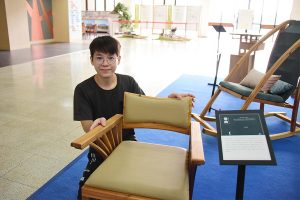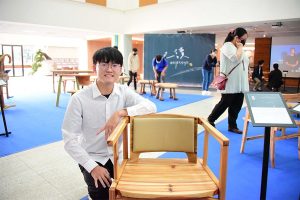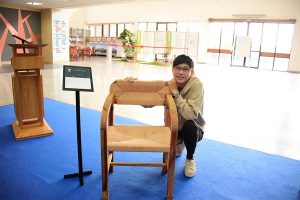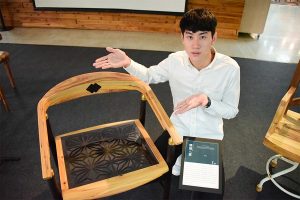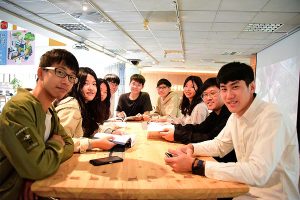The exhibition “Read – Facing Disappearing Responses,” curated by Lecturer Deng Zhao-Jun from our Department of Wood Science and Design, focuses on the creative exploration of essential chairs in daily life. The materials used predominantly consist of locally produced wood and bamboo, utilizing the unique textures of domestic materials to craft one-of-a-kind pieces. The event features a total of 48 exhibited works and held a press conference on November 22 at the 1st floor of the Library and Exhibition Hall.
President Tai Chang-Hsien mentioned in his speech: “We appreciate the opportunity provided by the Forestry Bureau. Beyond enabling better utilization of domestically produced materials, it transforms the creative ideas of students from four schools into exquisite and gorgeous works of art. We hope that the students from our Department of Wood Science and Design will have better development prospects and enhanced competitiveness in the future.” Director Yang Jui-Fen of the Pingtung Forest District Office said, “Under the guidance of the Forestry Bureau’s policy, starting from afforestation, processing, to the current student education promotion, due to this year’s shortage of imported raw materials caused by the pandemic, it happens to be the most important opportunity for us to develop domestically produced materials. We also hope that through the joint efforts of students, teachers, and industry representatives, we can not only improve the self-sufficiency rate of domestically produced materials but also establish a new concept of using domestically produced materials.” Lecturer Deng Zhao-Jun from the Department of Wood Science and Design stated, “This exhibition, themed ‘Read – Facing Disappearing Responses,’ aims to reinterpret the traditional appearance of furniture corresponding to contemporary furniture through a humorous and interesting approach. It incorporates materials, processing, and application, allowing furniture to generate vocabulary and respond. It highlights the significant changes that have occurred in Taiwan’s furniture industry within the broader environment, causing us to experience it firsthand but feel at a loss, leading to the ‘read but not replied’ situation. It also makes the industry structure face constant adjustments and challenges.”
This exhibition primarily focuses on domestically produced wood and bamboo materials, involving collaboration among four universities: National Pingtung University of Science and Technology – Department of Wood Science and Design, Shu-Te University – Department of Lifestyle Product Design, National University of Tainan – Material Creation, and National Tsing Hua University – Department of Arts and Design. The design concepts cover “interaction between people,” “connection between life and art,” “social integration of space,” and “life interest as an appeal.” Using “responding to past furniture culture” and “user experience” as the main creative axes, faculty and students, through more than half a year of collaborative efforts, discussions, and practical creations, have utilized materials such as “Taiwan Cedar,” “Acacia confusa,” and “Peach Blossom Core Wood” to showcase diverse and uniquely styled creations.
The exhibited works demonstrate excellent expression, whether in single materials or creative use of composite media, displaying both a “cultural connotation” and “craftsmanship and artistic content.” By supporting the development of outstanding young artists and designers and allowing students to understand the nature and characteristics of domestically produced materials through their usage, this exhibition effectively promotes domestically produced materials and encourages students to boldly experiment and apply creativity and ingenuity in their works, giving the pieces an entirely new and distinct appearance and artistic energy. The exhibition runs from November 15 to November 28, 2022, on the 1st floor of the “Library and Exhibition Hall.” Visitors from all walks of life are welcome to attend and offer guidance.


